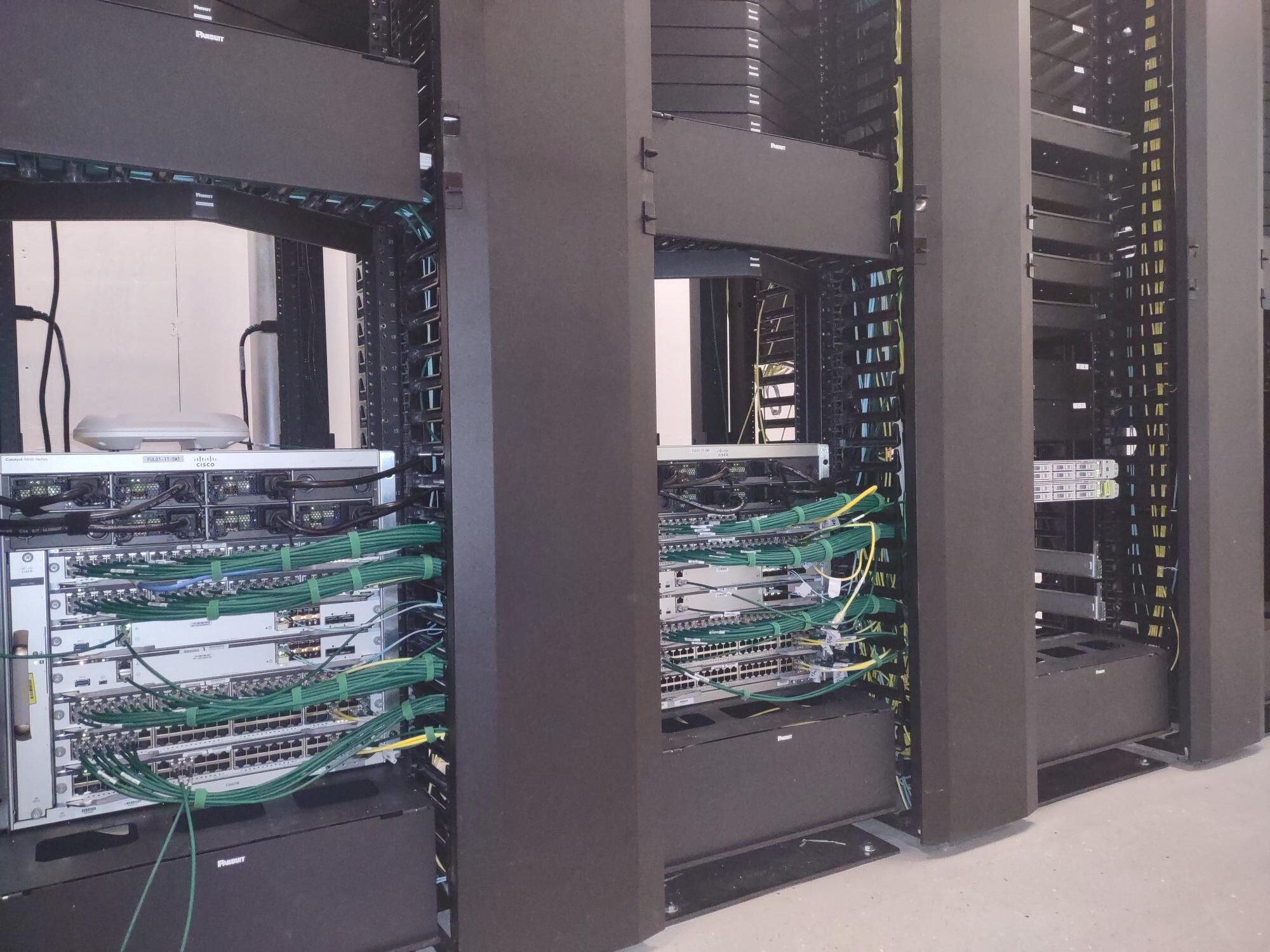In the digital age, a robust and reliable network infrastructure is crucial for seamless communication, efficient data transfer, and optimal productivity. Whether you are setting up a network for a small office, a large enterprise, or even a home, a well-executed network installation lays the foundation for successful connectivity. This article aims to provide a comprehensive guide to network installation, covering essential considerations, key steps, and best practices.
Contact us 202-810-7755 today to learn more about Network Installation. Please contact us to Network Installation and manage for your business or if you have any questions or concerns.
DC Metro IT Help
Planning and Design
Before diving into the physical installation, thorough planning and design are essential. Consider the following factors:
- Network Requirements: Determine the specific needs of your network, such as the number of users, expected data traffic, and types of devices to be connected. This information helps determine the appropriate network architecture and equipment.
- Network Topology: Choose the most suitable network topology for your environment. Common options include star, bus, ring, and mesh topologies. Each has its strengths and weaknesses, so select one that aligns with your network requirements.
- Equipment Selection: Select networking equipment such as routers, switches, and wireless access points that meet your performance, scalability, and security needs. Consider factors like port density, PoE (Power over Ethernet) support, and management capabilities.
- IP Addressing and Subnetting: Plan and allocate IP addresses and subnets for devices on your network. Ensure proper segmentation and organization for efficient management and troubleshooting.
Infrastructure Setup
Contact us 202-810-7755 today to learn more about Network Installation. Please contact us to Network Installation and manage for your business or if you have any questions or concerns.
DC Metro IT Help
Once the planning phase is complete, it’s time to set up the physical infrastructure. This step involves installing cabling, equipment, and ensuring proper power distribution:
- Cabling: Select the appropriate cabling type based on your network requirements. Ethernet cabling (e.g., Cat 5e, Cat 6) is widely used for wired connections. Ensure cable runs are properly managed and follow industry standards for termination and labeling.
- Equipment Installation: Mount networking equipment like switches, routers, and patch panels in suitable locations. Consider factors such as ventilation, accessibility, and future expansion needs. Follow manufacturer guidelines for installation and cable connections.
- Power Distribution: Ensure proper power supply for networking devices. Consider using UPS (Uninterruptible Power Supply) systems to protect critical equipment from power outages or fluctuations.
Configuration and Testing
After the physical installation, the network devices need to be configured and thoroughly tested to ensure proper functionality:
- Device Configuration: Configure routers, switches, and wireless access points with appropriate settings, including IP addresses, VLANs (Virtual LANs), security features, and Quality of Service (QoS) policies. Use device-specific management interfaces or command-line interfaces (CLI) for configuration.
- Network Security: Implement robust security measures, including firewalls, intrusion detection systems, and encryption protocols. Set up access control lists (ACLs) to control traffic flow and prevent unauthorized access.
- Network Monitoring: Install network monitoring tools to continuously monitor the health and performance of your network. This enables proactive troubleshooting and helps identify and resolve potential issues before they impact connectivity.
- Testing and Documentation: Perform comprehensive testing to ensure all network components are functioning correctly. Test connectivity, data transfer rates, VLAN segmentation, and wireless coverage. Document the network layout, device configurations, and relevant details for future reference and troubleshooting.
Ongoing Maintenance and Upgrades
A network installation is an ongoing process that requires regular maintenance and occasional upgrades:
- Patch Management: Keep network devices up to date with the latest firmware and software patches to address security vulnerabilities and improve performance. Implement a patch management system to automate this process.
- Performance Optimization: Regularly review network performance metrics and identify potential bottlenecks or areas for improvement. Optimize network settings, adjust QoS policies, and consider upgrading equipment or increasing bandwidth if necessary.
- Network Documentation: Maintain accurate and up-to-date documentation of your network infrastructure, including network diagrams, IP addresses, device configurations, and any changes or upgrades made. This documentation serves as a valuable resource for troubleshooting, future expansion, and knowledge transfer.
- Regular Audits and Security Updates: Conduct periodic security audits to identify and address vulnerabilities. Keep security measures up to date, including firewall rules, antivirus software, and intrusion detection systems. Implement strong password policies and educate users about network security best practices.
- Scalability and Future Expansion: Plan for scalability and future growth. As your network requirements evolve, consider the need for additional network segments, increased bandwidth, or new technology integrations. Regularly assess your network’s capacity and make necessary adjustments to accommodate changing demands.
A successful network installation lays the foundation for reliable connectivity and efficient data transfer, enabling seamless communication and productivity. By following a comprehensive approach that encompasses planning, infrastructure setup, configuration, testing, and ongoing maintenance, you can ensure a robust network infrastructure tailored to your specific needs. Remember to prioritize security, scalability, and documentation throughout the process. With a well-designed and properly maintained network, you can empower your organization or home with a fast, secure, and reliable connectivity backbone.



Leave a Reply